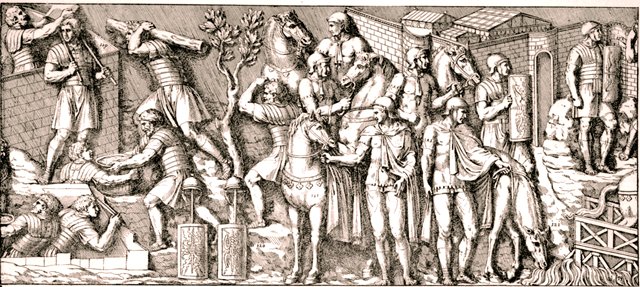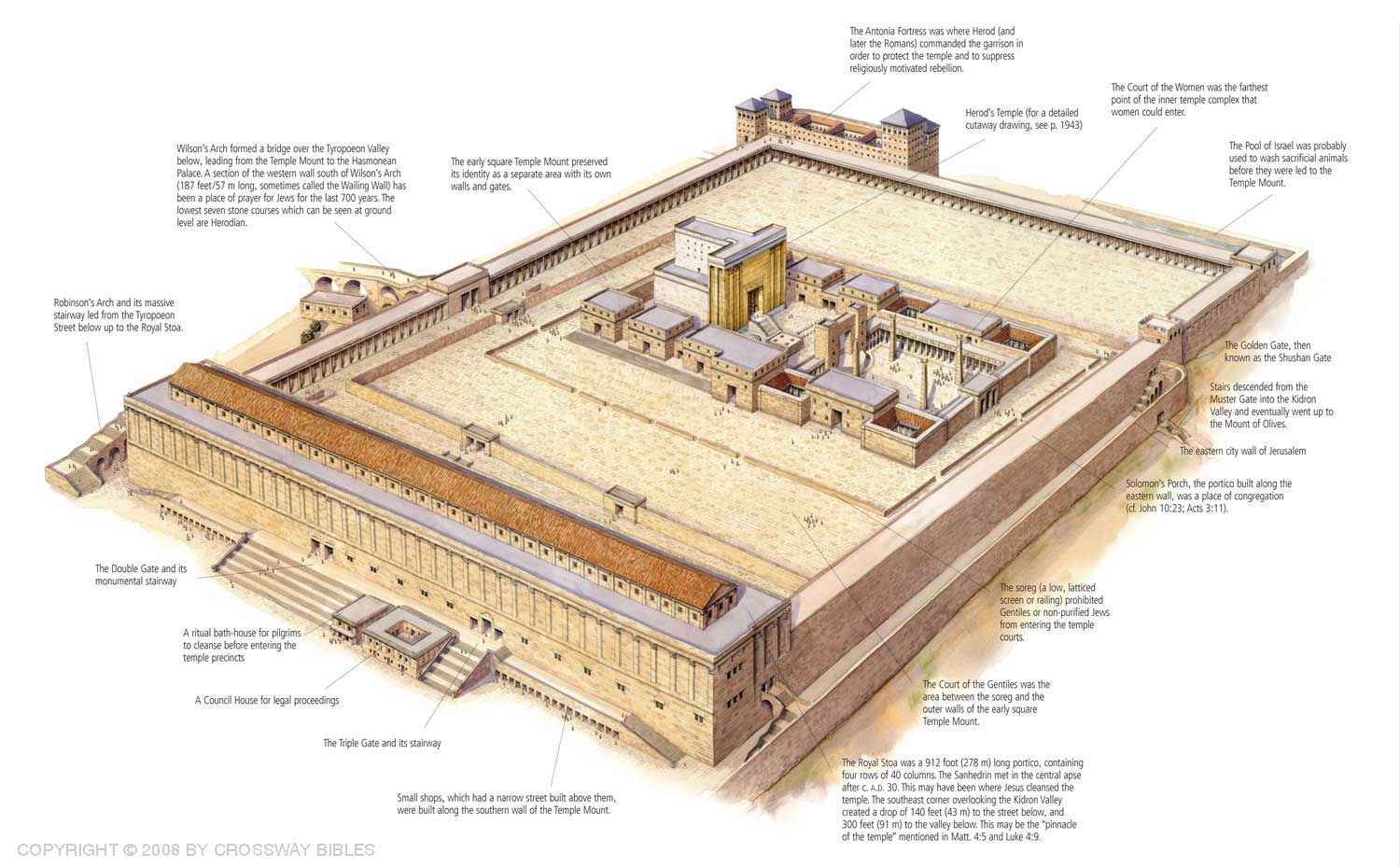From Wikipedia, the free encyclopedia: Hannibal, son of Hamilcar Barca,[n 1] (248–183 or 182 BC[n 2]), commonly known as Hannibal (in Punic: Annobal,[dubious – discuss] meaning "Ba'al's grace/help/blessing")[7][8][9][10] was a Carthaginian military commander and tactician who is popularly credited as one of the most talented commanders in history. His father Hamilcar Barca was the leading Carthaginian commander during the First Punic War, his younger brothers were Mago and Hasdrubal, and he was brother-in-law to Hasdrubal the Fair.
Hannibal lived during a period of tension in the Mediterranean, when Rome (then the Roman Republic) established its supremacy over other great powers such as Carthage, and the Hellenistic kingdoms of Macedon, Syracuse, and the Seleucid empire. One of his most famous achievements was at the outbreak of the Second Punic War, when he marched an army, which included war elephants, from Iberia over the Pyrenees and the Alps into northern Italy. In his first few years in Italy, he won three dramatic victories Trebia, Trasimene and Cannae and won over several Roman allies. Hannibal occupied much of Italy for 15 years, however a Roman counter-invasion of North Africa forced Hannibal to return to Carthage, where he was decisively defeated by Scipio Africanus at the Battle of Zama. Scipio studied Hannibal's tactics and brilliantly devised some of his own, and finally defeated Rome's nemesis at Zama having previously driven Hasdrubal, Hannibal's brother, out of Spain.
After the war Hannibal successfully ran for the office of suffete. He enacted political and financial reforms to enable the payment of the war indemnity imposed by Rome. However, Hannibal's reforms were unpopular with members of the Carthaginian aristocracy and Rome, and he fled into voluntary exile. During his exile, he lived at the Seleucid court, where he acted as military advisor to Antiochus III in his war against Rome. After Antiochus met defeat and was forced to accept Rome's terms, Hannibal fled again, making a stop in Armenia. His flight ended in the court of Bithynia, where he achieved an outstanding naval victory against a fleet from Pergamum. He was afterwards betrayed to the Romans.
Often regarded as the greatest military tactician and strategist in history, Hannibal would later be considered as one of the greatest generals of antiquity, together with Alexander the Great, Julius Caesar, Scipio, and Pyrrhus of Epirus. Plutarch gives that, when questioned by Scipio as to who was the greatest general, Hannibal is said to have replied either Alexander, Pyrrhus, then himself,[11] or, according to another version of the event, Pyrrhus, Scipio, then himself.[12] Military historian Theodore Ayrault Dodge once famously called Hannibal the "father of strategy",[13] because his greatest enemy, Rome, came to adopt elements of his military tactics in its own strategic arsenal. This praise has earned him a strong reputation in the modern world and he was regarded as a "gifted strategist" by men like Napoleon Bonaparte and the Duke of Wellington. His life has been the basis for a number of films and documentaries.
He has been attributed with the famous quotation, "We will either find a way, or make one."[dubious – discuss]
BBC Hannibal:
Born in 247 BC, Hannibal became commander of the Carthaginian forces in Spain, in succession to his father Hamilcar in 221 BC. At the time, Rome and Carthage were moving towards the outbreak of the second of the three so-called Punic wars (264-241 BC, 218-201 BC, and 149-146 BC) through which their conflict over the control of the western Mediterranean was eventually decided.
Hannibal took the war to Rome, and in May 218 BC conquered northern Spain before crossing the Alps in the autumn with 50,000 infantry, 9,000 cavalry and, famously, 37 elephants. In Italy he fought a protracted campaign, winning three huge victories over the Roman armies sent against him: at Trebbia in December 218 BC, Late Trasimene in 217 BC (where 15,000 Romans were killed and another 10,000 captured) and, greatest of all, at Cannae in 216 BC.
Here, Hannibal showed the mastery of the combined use of infantry and cavalry for which he was famous to surround and annihilate a huge Roman army. Of perhaps 70,000 Romans, only 14,500 survived to be taken prisoner at the end of the day. It is the greatest number of casualties suffered in a single battle by any western army before or since.
...
 A Tale of Hotspur and Glendower
A Tale of Hotspur and Glendower





































